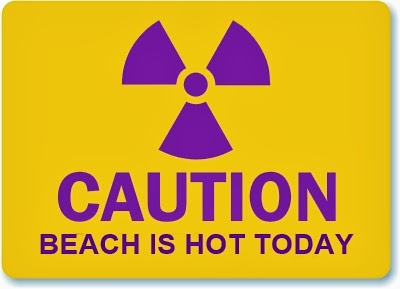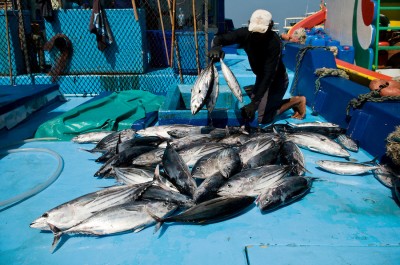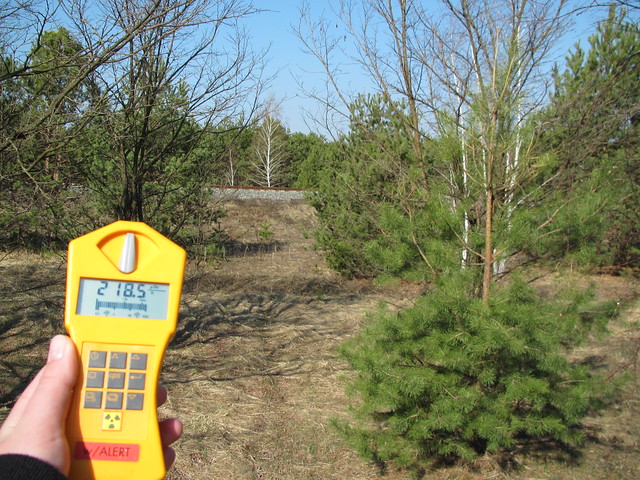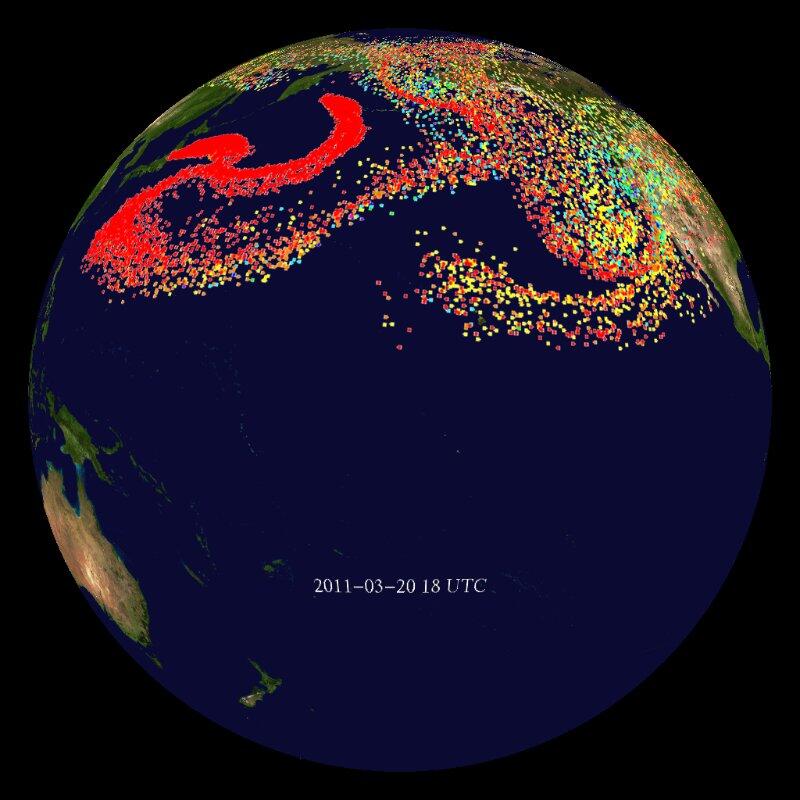Written by: Daniel Jennings
The amount of radiation detected in tuna caught off the coast of Oregon has tripled since the Fukushima catastrophe in 2011, scientists have discovered.
Researchers at Oregon State University (OSU) say the level is minute but has been increasing steadily for the past few years.
“You can’t say there is absolutely zero risk because any radiation is assumed to carry at least some small risk,” Delvan Neville, the graduate research assistant who oversaw the study, said. “But these trace levels are too small to be a realistic concern.”
Neville and his associates tested albacore tuna caught off the Oregon coast between 2011 and 2014 to see what effect Fukushima had upon the fish. They found that the level of radioactive cesium traces in the fish increased by 300 percent.
Radiation levels detected were a thousand times lower than the maximum safe level set by United States Department of Agriculture, The Salem Statesman-Journal newspaper reported.
“A year of eating albacore with these cesium traces is about the same dose of radiation as you get from spending 23 seconds in a stuffy basement from radon gas,” Neville said.
The parts of the tuna most likely to be eaten by people contain just as much radiation as other parts of the fish, the researchers determined.
“The loins, or muscle, is what people eat and the bioaccumulation was about the same there as in the carcass,” said Jason Phillips, a research associate at OSU said.
Radioactive Water Heading To US
The migration habits of the albacore tuna are not well known. Scientists currently think the fish swim across the Pacific from Japanese waters where they may have been exposed to radiation. News reports indicate that large amounts of radioactive water have leaked out of the Fukushima plant and into the ocean over the past three years, as Off The Grid News has reported.
The fish were most likely exposed to radiation near Japan but they could have been exposed as they crossed the Pacific, researchers said. The Statesman-Journal reported that a plume of radioactive water from Fukushima is expected to reach US shores sometime in the next month.
Just before Christmas, a video that showed a Geiger counter detecting radiation at a beach near San Francisco was posted on YouTube. Some government agencies, including the Oregon Health Authority, are now testing seawater for radiation.
Chinese scientist GuiJun Han predicted that radiation levels in water from Fukushima will contain pockets and streams of high concentrated radiation that could increase in strength as they cross the Pacific, Off the Grid News reported. Most scientists dispute those claims and instead believe that radiation will be diluted by seawater.
Even though scientists think there is no threat to humans the OSU study does prove that radiation from Fukushima is affecting the sea life including fish people eat.
If there are more many nuclear debacles like Fukushima, ponds and lakes might be the only safe source of fish for us to eat.





